Portuguese Administration at the coast
0 Comments
The collapse of Portuguese rule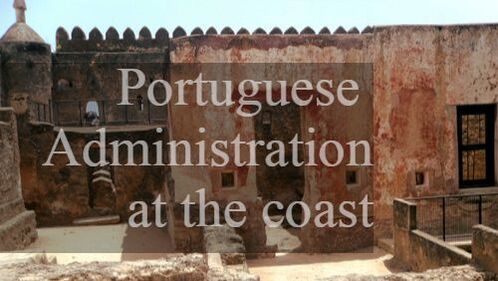
Introduction to the coming of the Portuguese
The Coming of Arabs to East Africa by 650AD
Introduction to Contacts between East Africa and the Outside World Up To the 19th Century27/10/2020 Contacts between East Africa and the Outside World Up To the 19th CenturyThe East African coast
The existing documentaries and archaeological evidence about the historical information on the east African coast include;
Industrial Revolution in EuropeThe scientific Revolution
Industrialization in BritainIndustrialization in the third world countries (South Africa, Brazil, India)Development of Industry
Industry is defined as the skill of making other products from raw materials. It involves extraction and processing into finished products of raw materials
Early Sources of Energy.
Emergence of selected world industrial powers
Early Agriculture in Africa
In Africa, agriculture first spread to Egypt along the Nile valley, where it was practiced as early as 700BC.
Featured Topics
Agrarian Revolution in Continental Europe
Reasons why farming in continental Europe was not as advanced as it was in Britain. Continental European countries learnt modern methods of farming from Britain. Initially, farming in continental Europe was not as advanced as it was in Britain because:
Early Agriculture in Asia and EuropePlaces associated with early agriculture in Asia.
Animals that were domesticated in Asia.
From mid 18th century onwards, scientific ideas and new techniques of farming were applied as a result of the scientific and industrial revolutions. The changes that marked the Agrarian Revolution in Britain. (What were the characteristics of the agrarian revolution in Britain?) 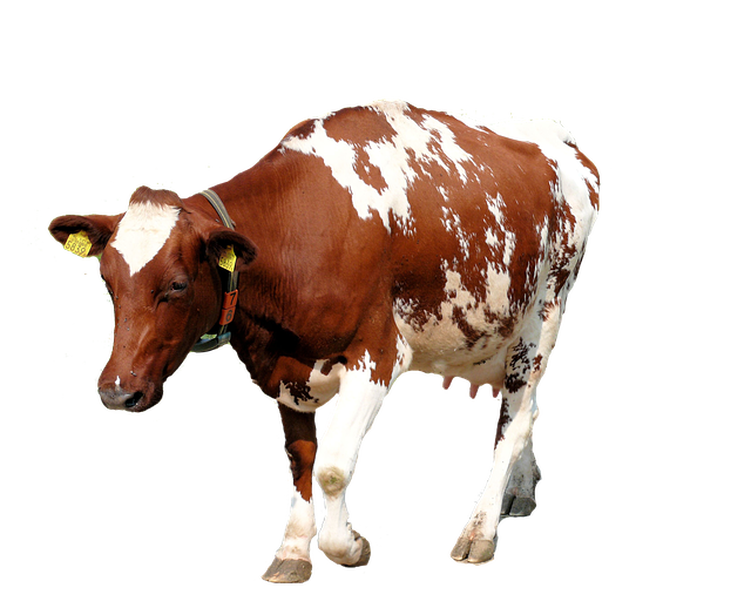
Describe the Open Field system as practiced by farmers in Western Europe before the 18th century (Explain farming in Britain as practiced under the Open Field system.)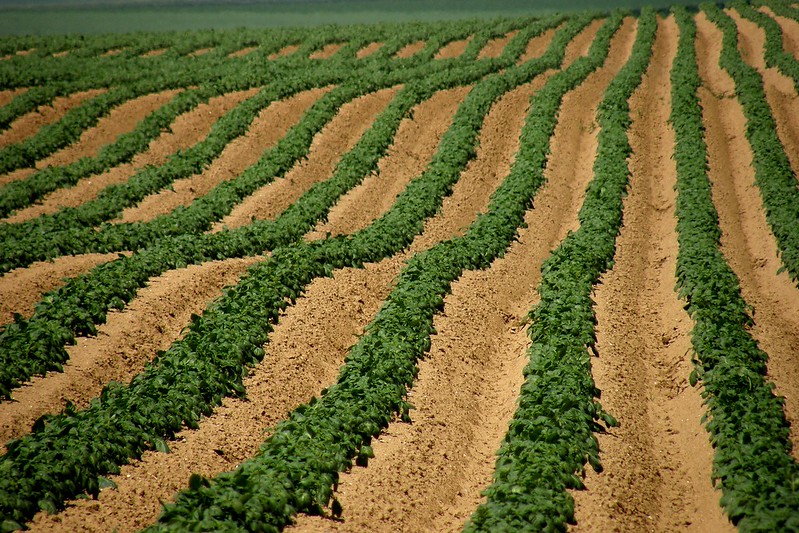
A piece of land was divided into three portions: one for growing corn and wheat, the second for beans, peas, barley, oats and bush wheat, while the third was left fallow to regain fertility. Sometimes, this third piece was left for grazing and homes.
Each portion of land was divided into several strips, depending on the number of peasants in a village. Each peasant had his own strip, on which he was meant to cultivate just enough for the needs of his family since agriculture had not yet been commercialized. Introduction to Agrarian RevolutionDescribe the characteristics of agriculture in Western Europe before the 18th century.
Agrarian revolution started with invention and use of machines from mid 18th century, when food production increased as the number of workers on the farm reduced. By the Neolithic period, agriculture had reached Europe, particularly Switzerland, Spain, Italy and Turkey, where rice and barley were mainly grown.
Food Situation in Africa and the Rest of the Third World
Agrarian Revolution in North America
The Americas is the origin of many crops in the world today. Indigenous Americans (American Indians) were subsistence farmers. They grew a wide range of crops. From the 17th century, many people, particularly from Western Europe, migrated into America, bringing with them skills, enterprise and enthusiasm. They took and established animal breeds and crop varieties, which led to increased export trade.
The Beginning of AgricultureWhat is agriculture?
Agriculture is cultivation of crops to satisfy human needs.
Identify the factors that made it necessary for human beings to discover agriculture. (Explain the factors that led to (facilitated) development of agriculture)
Early Agriculture in Mesopotamia
In Mesopotamia, which today is part of Iraq, food production began around 8000 BC having been introduced by settlers from the Iranian plateau. Jarmo in the Kurdish foothills represents the earliest stage of Agriculture. As men went hunting and gathering, the women they left behind may have experimented with wild grasses that grew around their compound until they found out and grew the edible plants, paving the way for organized agriculture.
Beginning of Animal Domestication
List the classifications of the Nilotic speakers (Identify the groups into which the Nilotic speakers are divided)
Describe two groups of the Kenyan Cushites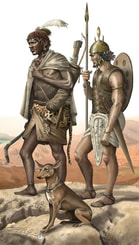 THE PEOPLES OF KENYA UPTO THE 19TH CENTURY [CUSHITES] THE PEOPLES OF KENYA UPTO THE 19TH CENTURY [CUSHITES]
Explain the results of the interactions between the various Kenyan communities during the pre-colonial period.
|
Archives
April 2024
Categories
All
|
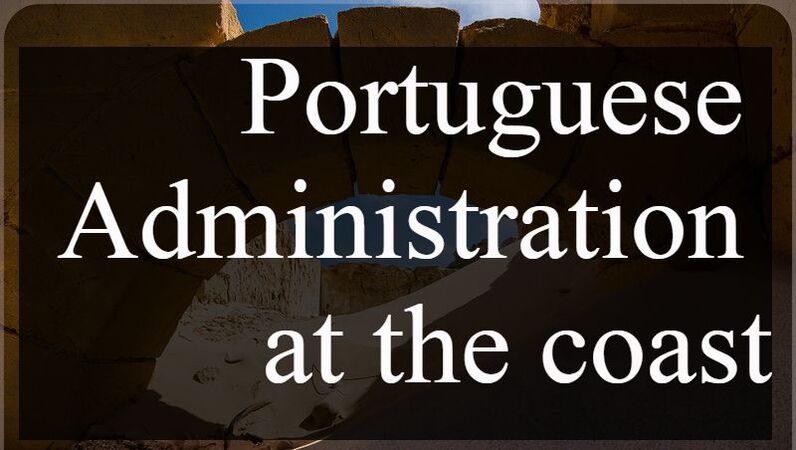
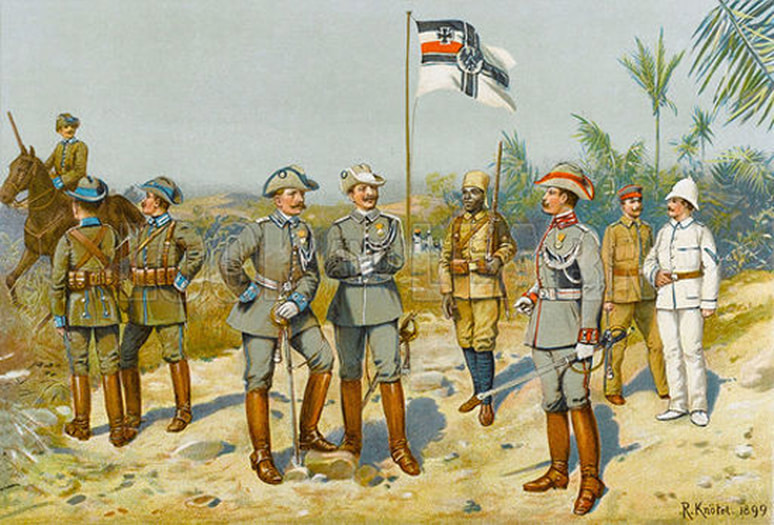
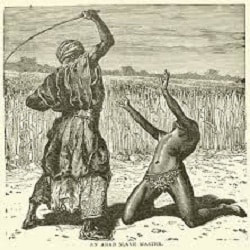
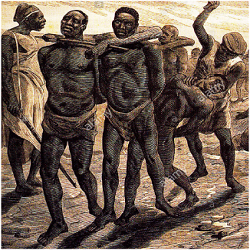


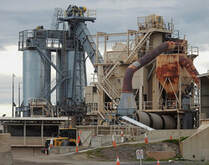
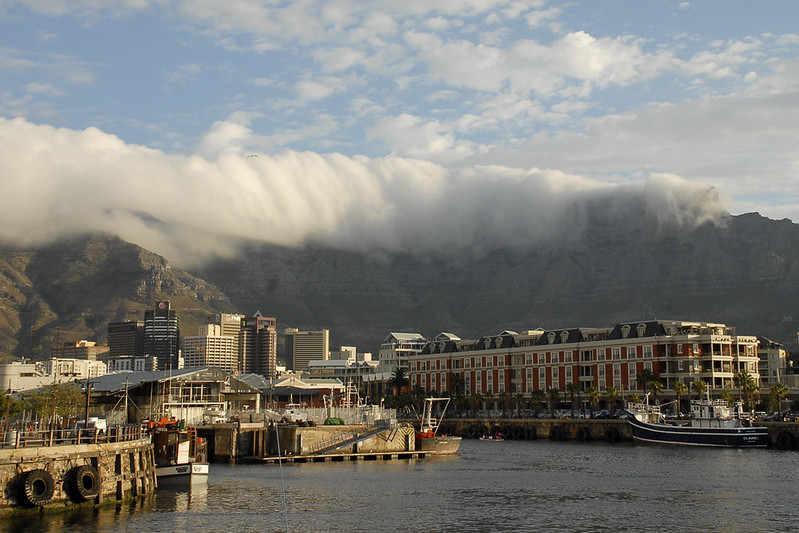
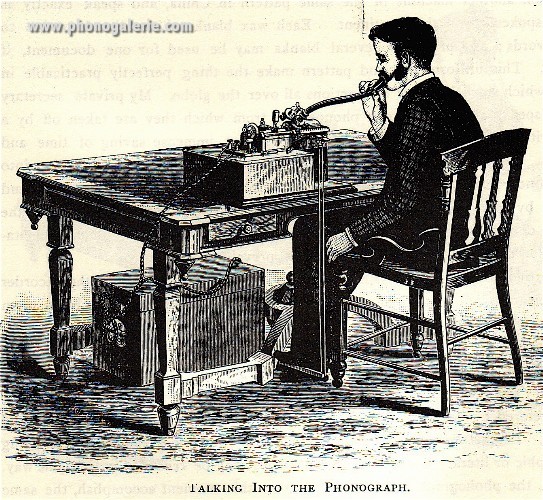

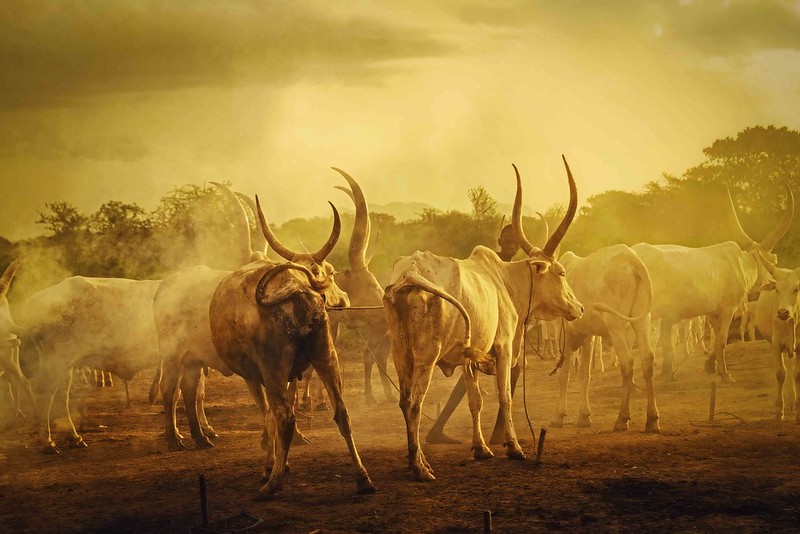
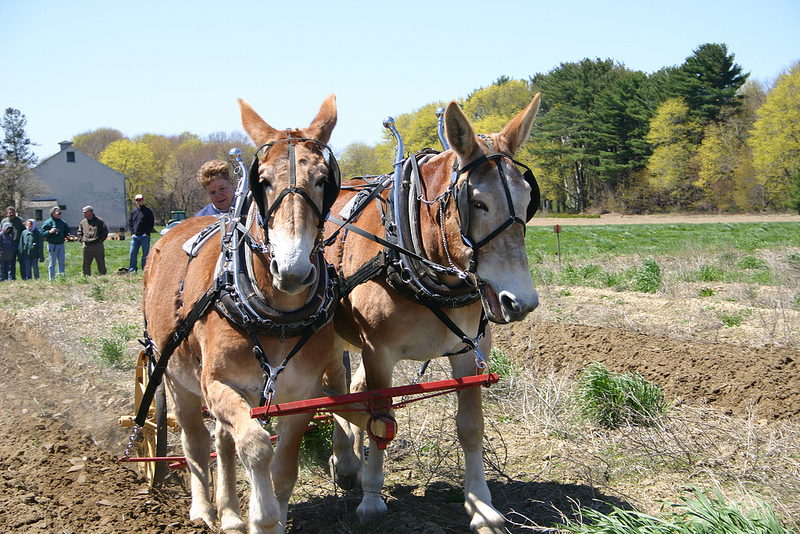
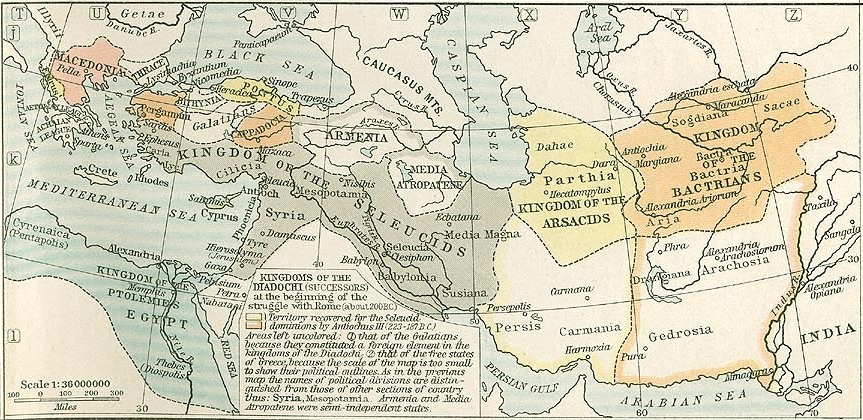
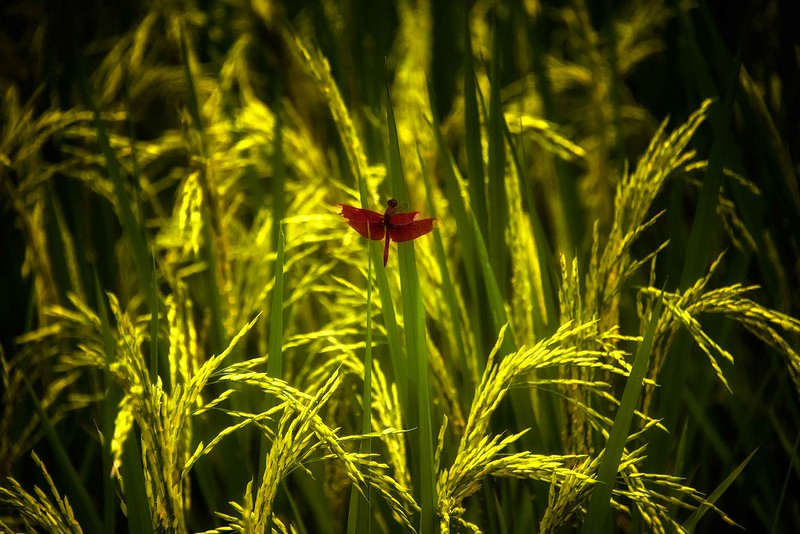
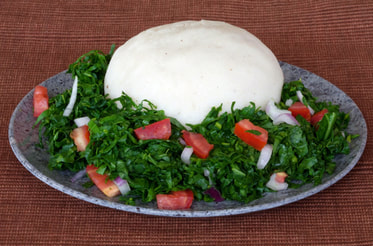
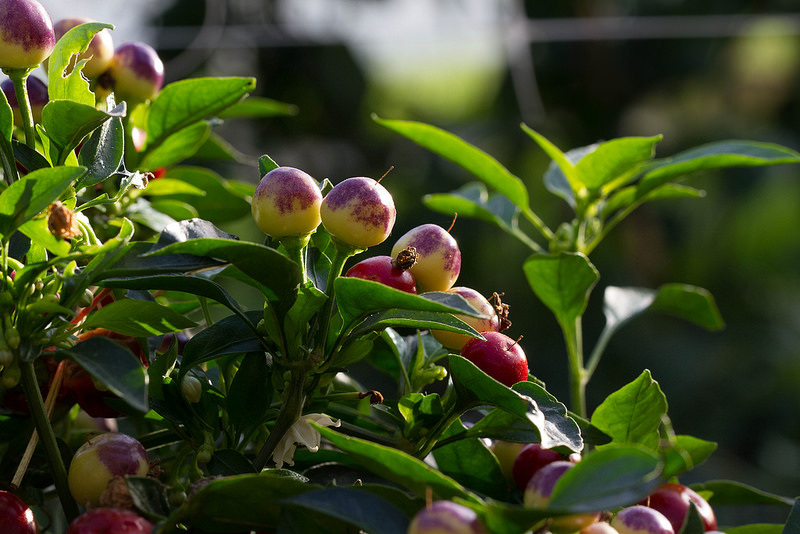
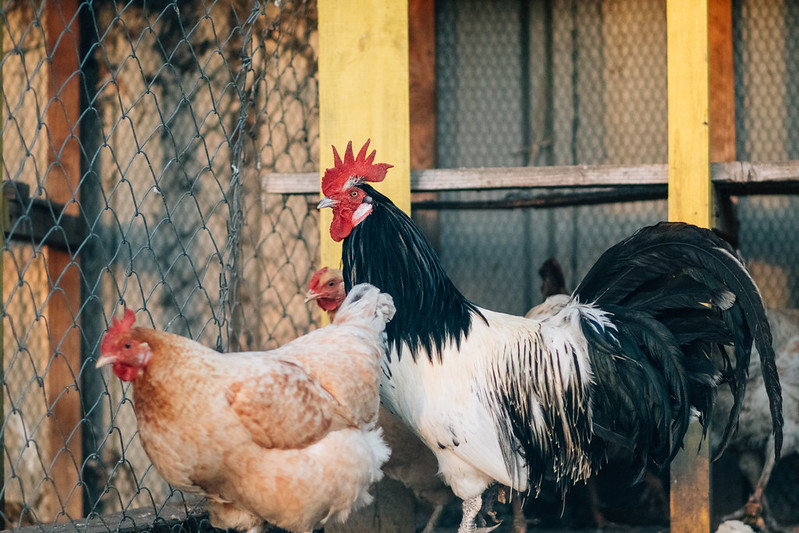
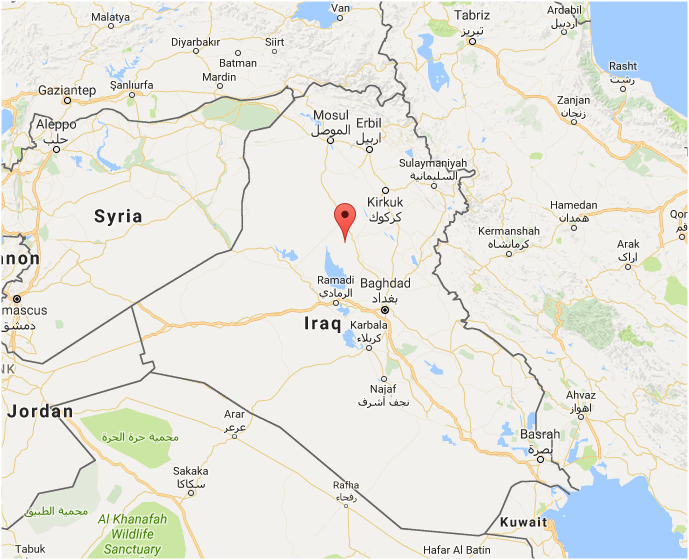

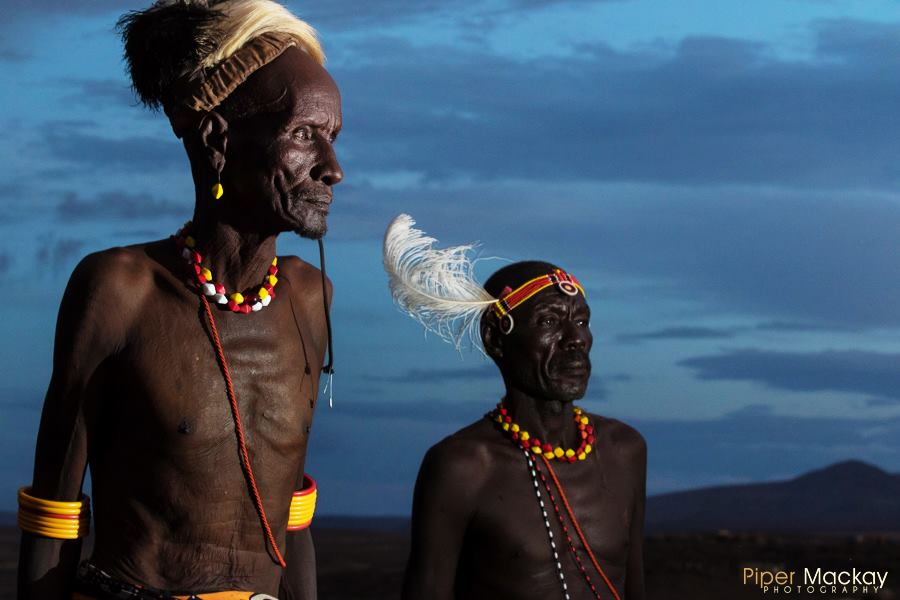
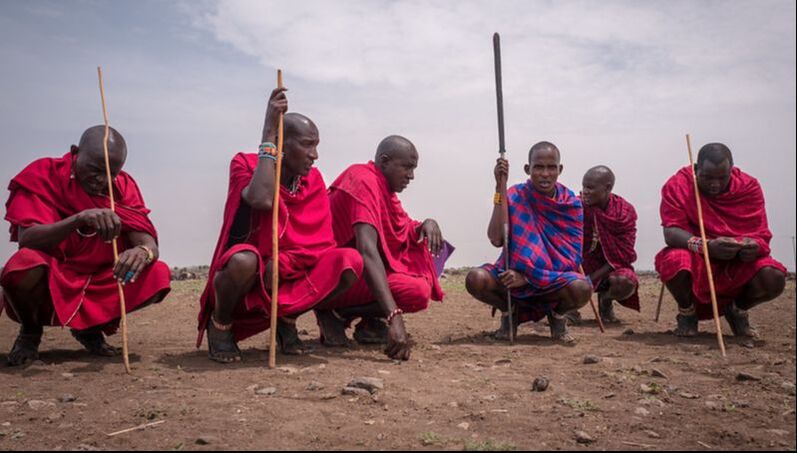
 RSS Feed
RSS Feed